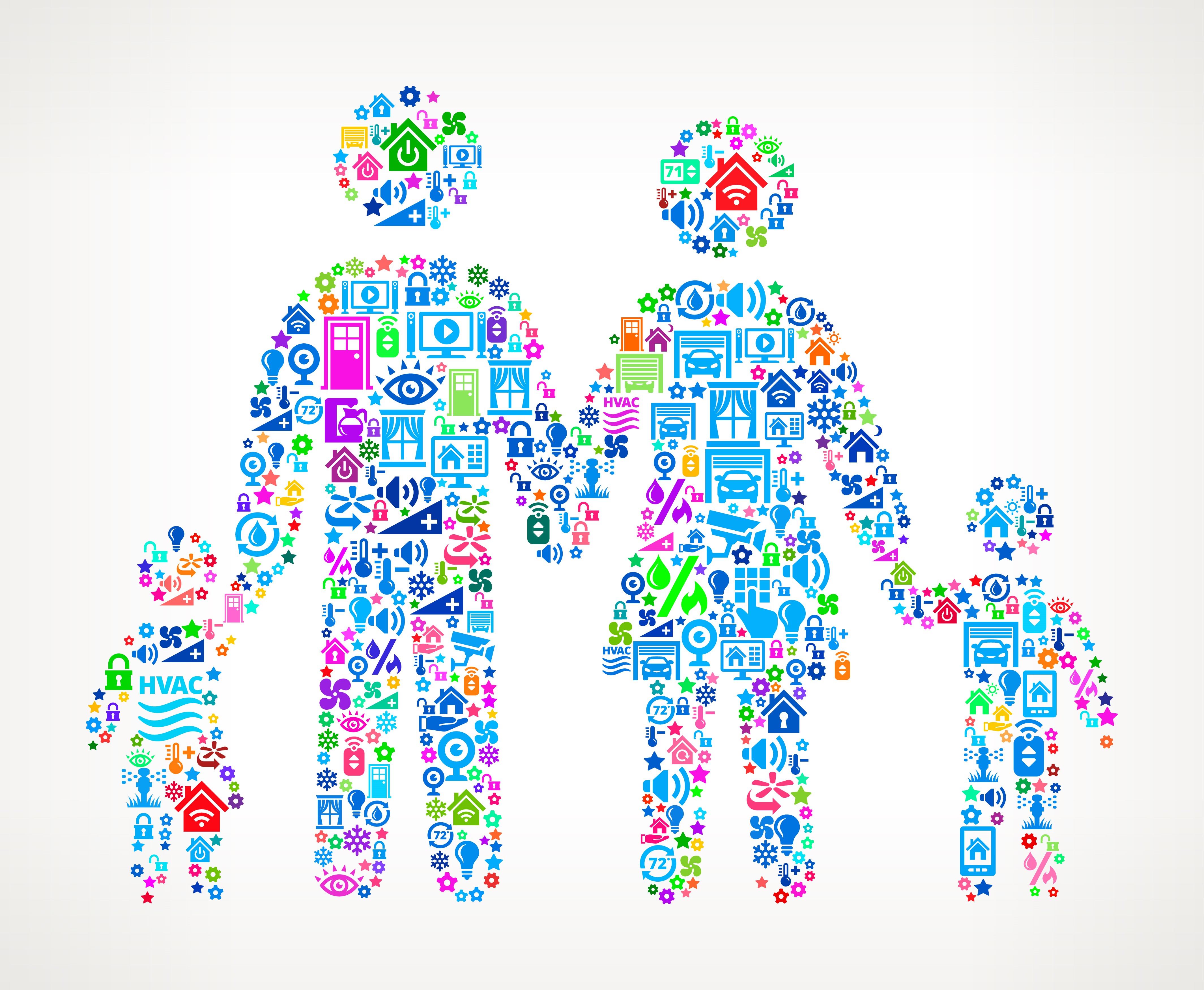It’s the Internet of 1999 all over again
Statistics make it clear. The Internet of Things (IoT) is gathering more data and using more devices, from more users, than at any time in history. And it’s only just begun.
Where is it all going? How will it be stored? Who’s keeping it safe? Some ask these questions out of curiosity. Others ask them because they’ll only stay in business if they have the right answers. The industry creates its own solutions as it invents itself.
By the numbers
Just how much data are we talking about? Here are some recent counts of the devices creating the data tsunami:
• 9 million smart thermostats, smart smoke and CO2 detectors, Wi-Fi cameras, smart locks, smart home systems, and smart switches, dimmers, and outlets to be sold this year
• 14 million smartwatches to be sold this year
• 17 million fitness trackers to be sold this year
• 38 million wearables to be sold this year
Looking ahead to the end of the decade:
• 6 billion mobile users
• 600 million wearable devices in use
• 16 billion Internet of Things-enabled devices (excluding mobile phones)
A practical (sort of) example
It’s difficult to wrap our heads around those kinds of numbers, but extrapolating the amount of data involved can be even more of a challenge. So, here’s a scenario for just one IoT device we all can understand.
It’s estimated that by next year (2017), 80 percent of all new cars will be connected to the Internet. Each will send 25 gigabytes of data to the cloud for every hour it’s operated. The annual total is 130 terabytes of data per car.
Here’s the final part to that equation. IHS Automotive predicts that U.S. auto sales in 2017 will be 18.2 million. This means more than 14.5 million vehicles will each generate 130 terabytes, or almost 1.9 million petabytes of data.
1 petabyte is 1,000 terabytes. A quick check on Amazon lists the price of a 5TB hard drive at about $133. So you would need about 400 of them costing around $53,000 to store the first year’s worth of information.
That’s just the cost of the data storage devices. We’ve barely scratched the surface. You’ll still have to add data transmission, electricity costs, backup, and much more to even begin to estimate a realistic idea of the cost to facilitate data for just one type of the 16 billion IoT devices we’ll have around us by 2020.
Who’s guarding our IoT data?
Before you consider the answer, ask yourself who’s in charge of security on the Internet. Billions of dollars are spent on technology security, and it can’t completely prevent hackers from breaching even the most secure data centers. Data security for IoT devices is primitive compared to what you experience when you use your computer to pay your bills.
Human nature and the necessity to change default passwords are at a conflict. Gartner predicts the average family home could have more than 500 smart devices by 2022. If we can’t be bothered to change the default password on the handful we have now, we’re in for big trouble by the end of the decade.
Of course, there’s no guarantee that your new IoT gadget even has a password or offers data encryption. There’s no standard at the moment. Data security tends to be more of a marketing effort than a prerequisite. And maybe that’s because we haven’t quite fully understood what all this unguarded information could do if used inappropriately, or if it fell into the wrong hands.
Here’s an interesting scenario. You go to apply for life insurance. You’re turned down. The reason? The life insurance company accessed the data from your wearable fitness device, which shows that you are, shall we say, living an unhealthy life.
The push for privacy
Too much data coming from all those IoT devices might make it impossible for companies to make a scenario like the one about the life insurance company above come true. In an altruistic IoT world, all this data makes it a better place to live.
An example of this is Amazon. If you’re a frequent user, you already know that the online retailer tracks not only the products you buy, but also those you look at. As time goes by, Amazon gets better at recommending items based on your searches.
Our IoT devices have the ability, if used appropriately, to take the Amazon approach to the next level. There are big hopes for what can be done with all that data from IoT devices. The possibilities of those intentions remain to be seen.
For more insights on the impact of changing technology and the Internet of Things, contact the experts at Creative Technology Partners. We stay abreast of all developments in the realm of online technology, and we provide software engineering, strategic user experience, and design services.



Comments (0)